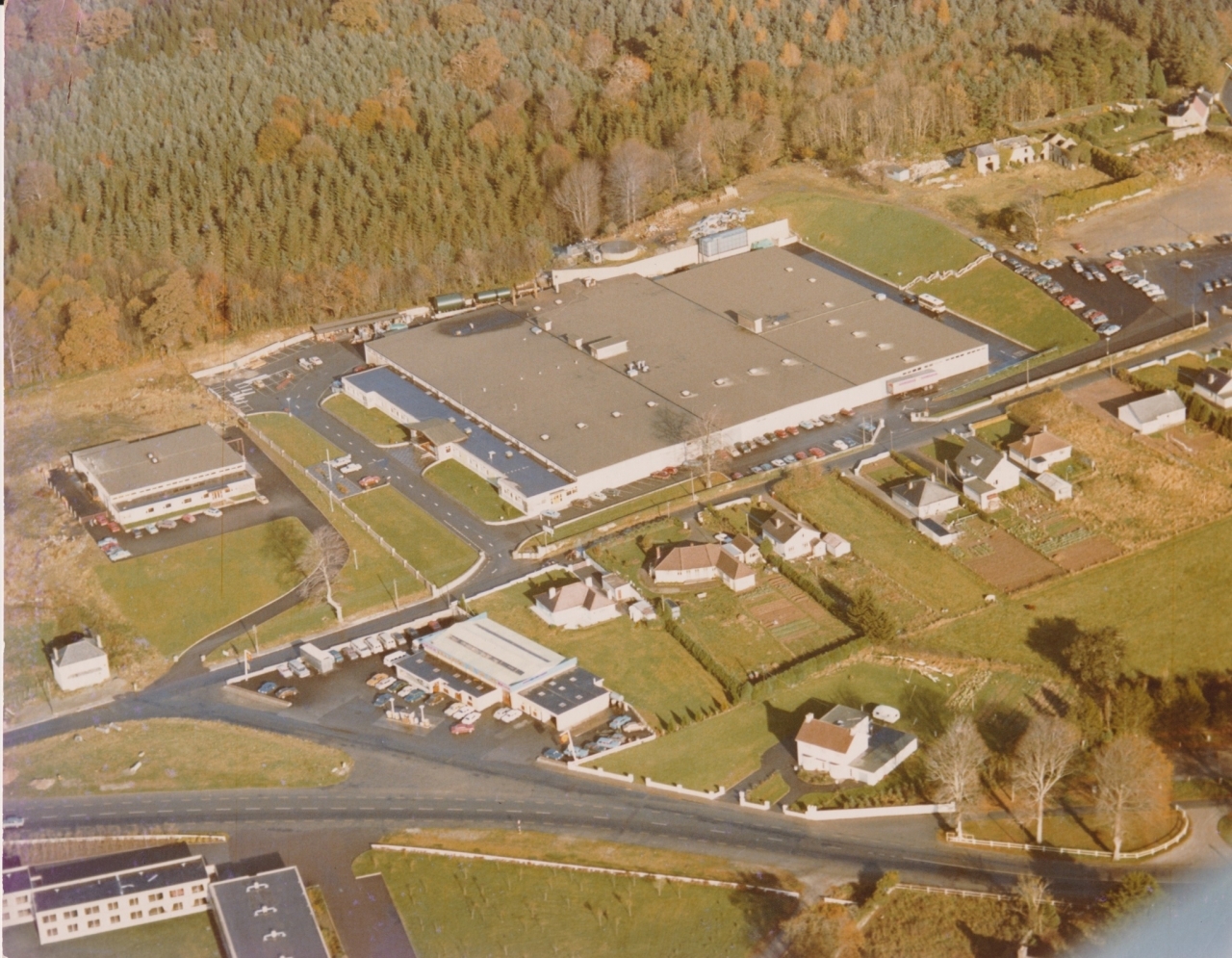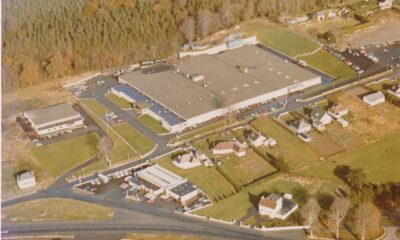News
Get ready to grow some rhubarb

By Debby Looney, gardening expert
In the vegetable garden this week I planted rhubarb. I know, one of the old staples which everyone can grow - except me! I have the worst luck when it comes to these plants, but have decided it probably comes down to my awful soil. Rhubarb prefers free draining soil, which retains moisture.
This sounds paradoxical, but waterlogging is not good! Add plenty of compost or well rotted manure, as fertile soil is key. It needs space to grow, so one plant per square metre is sufficient. Watering during dry summer months is important, as is cutting out any flowers that appear. Rhubarb prefers a sunny, or partially shaded site.
The best way to grow rhubarb is from crowns. These are divisions from a parent plant, and can be cut from a vigorous plant in autumn. Make sure there is at least one bud per offset, and I prefer to plant them in a pot until the following spring, so that I can keep an eye on them and ensure they root properly. Rhubarb can also be grown from seed – sow it thinly in May, outdoors in a prepared seedbed. When the seedlings are large enough to handle, thin them out to 20cm, then again to 40cm, before choosing the strongest plants to keep. The advantage of growing from seed is that you can get some different varieties, the disadvantage is that it will take a few years before you can harvest.
Rhubarb will remain productive for about a decade, but this is very dependant on the richness of the soil. It is a very hungry and thirsty plant so mulching in the summer/autumn is imperative – use manure, homemade compost or leaf mould. Liquid feed in the spring can also give them a boost. I find seaweed based liquid feeds best. When your plants are well established and strong, you can try forcing them in early spring. This just involves putting a bucket, or special terracotta rhubarb forcer, over the plant. This induces them to grow, due to lack of light they will produce tender, pale, sweet stems. To do this, a lot of energy is required from the plant, which is why it is best not to do it with a young plant.
The only real problem you will encounter when growing rhubarb is ‘crown rot’ – which is a fungus which attacks the base of the stems, causing the crown to rot. I have had this problem repeatedly, and I suspect heavy soil and wet weather. I have now planted my new plants in a specially prepared bed which is sloped. Hopefully this will prevent water from sitting on the crowns in the future. I have also moved away from planting the most popular variety, ‘Timperley early’, and tried ‘Victoria’, a very old variety which has a good reputation for being strong! ‘Stockbridge Arrow’ is another good variety to try, especially in a smaller garden as it does not take up as much space.
Finally, please remember the leaves are poisonous, but ideal for composting!
News
BREAKING: Kerry ETB Awarded €2.3m to purchase Pretty Polly Site
The Kerry Education and Training Board (Kerry ETB) has been awarded €2.3 million in funding to purchase the former Pretty Polly site on Upper Park Road, Killarney. The funding, announced […]


























